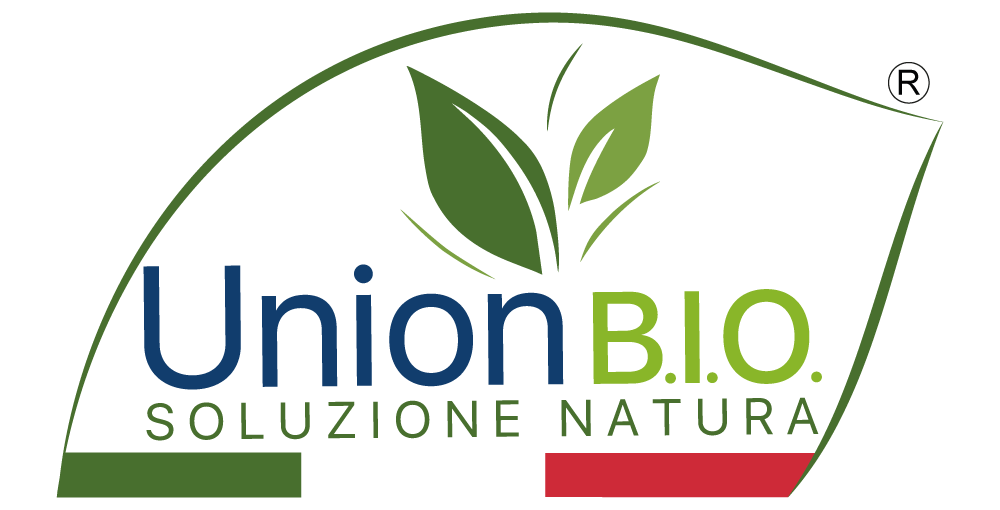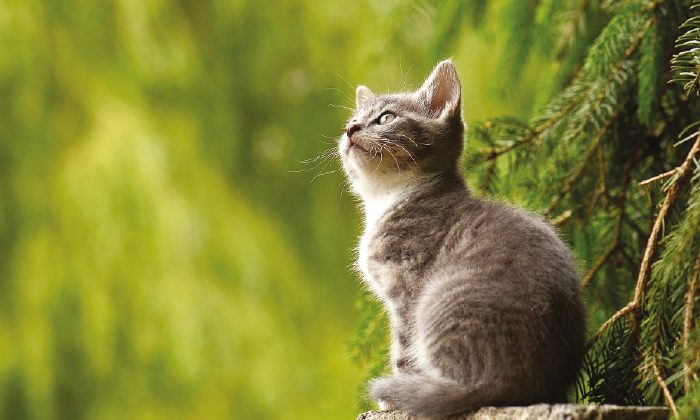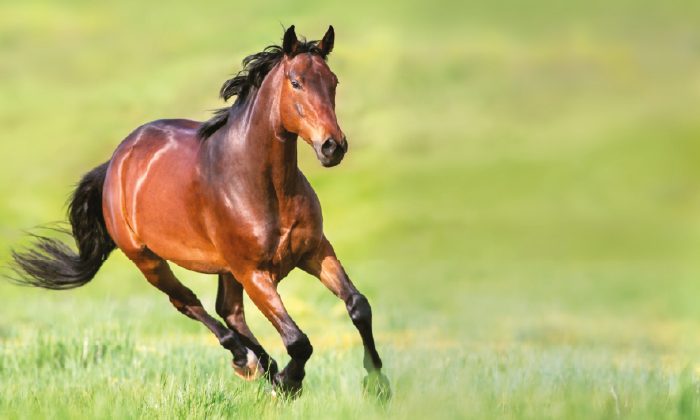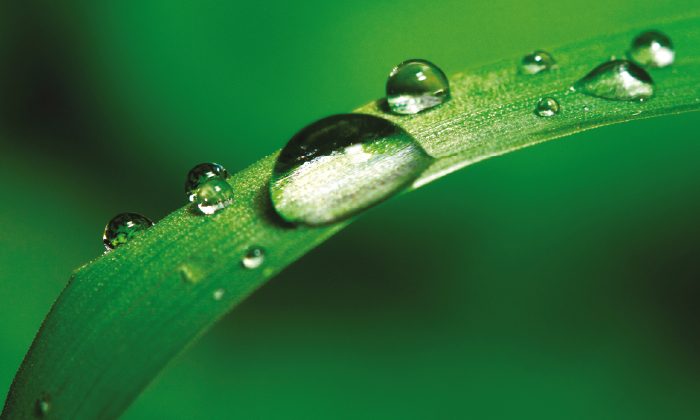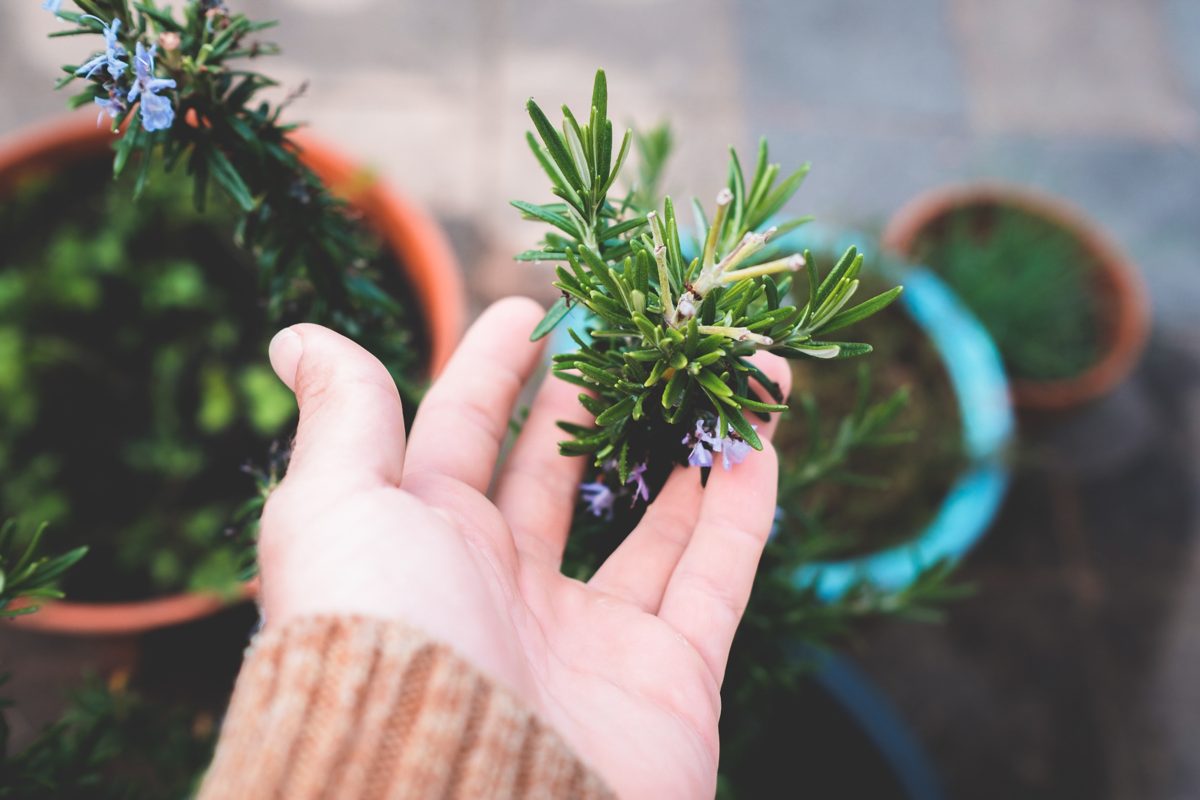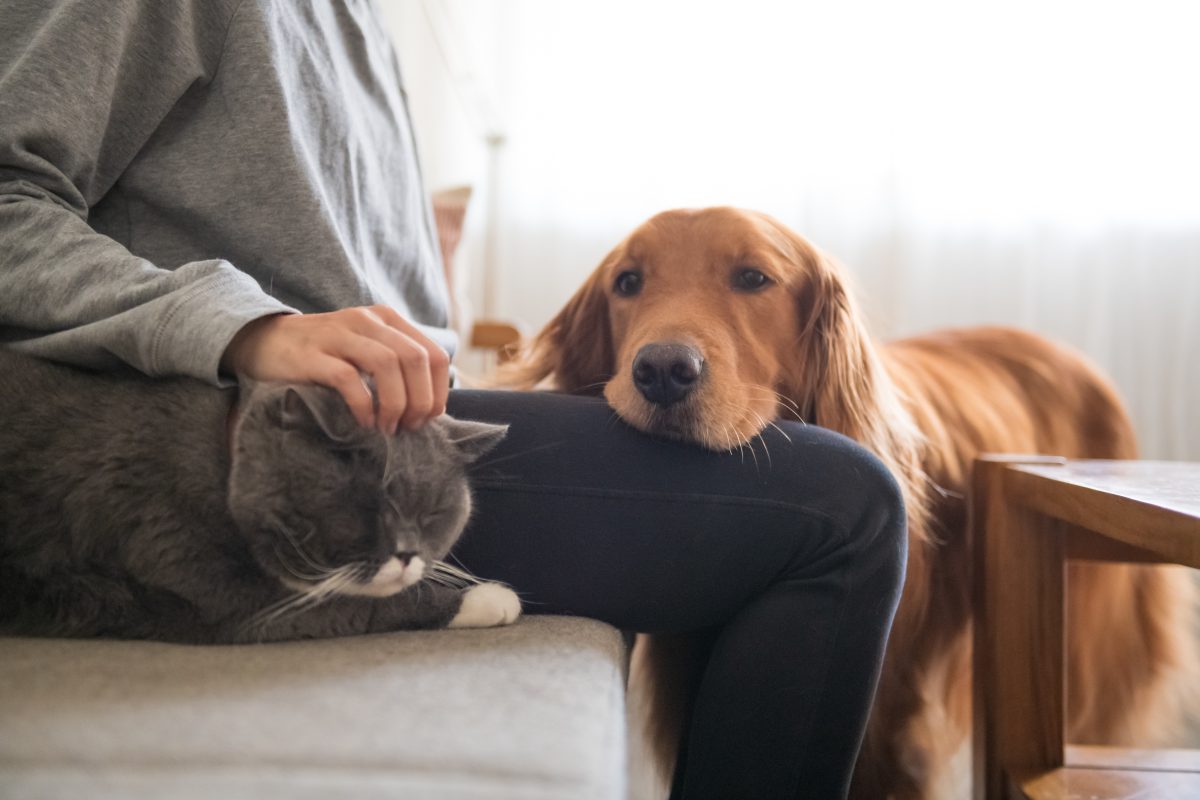With the term “woodworm”Of the foot in the horse riding means one disease of the white line of the foot, due to afungal infection. The main pathogen is theAchorion keratophagus is attacks the deep layer of the corneal wall of the hoof at the level of white line. In fact, these are pathogens capable of using complex substrates such as cellulose, lignin and keratin, transforming them into simple molecules necessary for their survival and for their nourishment.
But what are the causes?
Multiple are the causes that can lead to the onset of this pathology. Among all these, we remember:
- Environmental factors: the first predisposing factor is the litter box. The sport horse spends most of its time in the box and for this reason it is important that the litter box is always well cleaned and abundant. Even the humid climate, the use of muddy pastures or in any case unclean environments, can be a cause of infection;
- Nutritional factors: alcune shortages vitamins and trace elements can promote the weakening of the nail and therefore the growth of the fungus;
- Genetic factors: the horses they have weaker nails, which fall apart and do not hold the iron, are more subject to disease;
- Management and shoeing factors: la poor cleaning and healing, associated with longer intervals between one shoeing and another, they favor the onset of the worm. At the same time, incorrect shoeing and draws can pave the way for pathogens.
How does it manifest itself?
The disease often runs out of fashion asymptomatic as the detachment begins at the level of the insensitive horny tissues of the foot, so the horse does not feel pain until it reaches the most sensitive areas. The primary point of interest is given by white line. At this level, at the beginning, one appears small crack, visible once the iron has been removed. In some cases the crack is evident only after having removed the iron and having dug a few mm in the white line, as the horny tissue crumbles leaving space for a cavity. The mushroom it works by creating tunnels between the cornea box and the sensitive foils of the foot. In rare cases, it is possible to notice a considerable detachment between the two parts without the horse ever having a limp.

How can I tell if my horse is affected by woodworm?
The primary diagnosis is given by visual evaluation of the foot. In more severe cases radiographic examination can be used to assess the severity of the disease. It is a good idea to always consider any small detachment as the start of a worm and act accordingly. In case of removal of a good part of the wall, it is good to apply an iron with a large sheet in order to increase the base of support on the back of the sole. This will help avoid possible complications. In fact, when removing about half (or more) of the distance between the plantar margin and the coronary rim, it is easier for there to be progressive deformation of the hoof which will tend to lean towards the part of the foot that is left empty. Another important consequence is given by the possible risk that there is, or may occur, a rotation of the third phalanx. Precisely for this reason it is good to apply, after the removal of the diseased tissue, a suitable corrective shoeing.
Therapy
Primary therapy involvesremoval of all the part of tissue affected by the pathogen, up to the healthy tissue. In addition, a continuous must be associated foot cleaning and the use of disinfectants.
Union BIO recommends
EQUISAN is a natural lotion based on plant active ingredients with marked balancing, antibacterial and antifungal properties. Its use is recommended in the form of a foot bath, pack or to carry out deeper cleaning of the hooves already affected or predisposed to the development of the pathology.
EQUIBOX it is a sanitizer useful to keep stable, balanced, bacteria, molds or yeasts that develop in the bedding of the box where the horse is staying, reducing the risk of foot pathologies and respiratory pathologies.
EQUIPROFESSIONAL it is a hoof fat useful in the prevention of foot pathologies.
Veterinarian
Dr. Alessandra Palomba
Photo: Alessandra Palomba Karsun Designs
